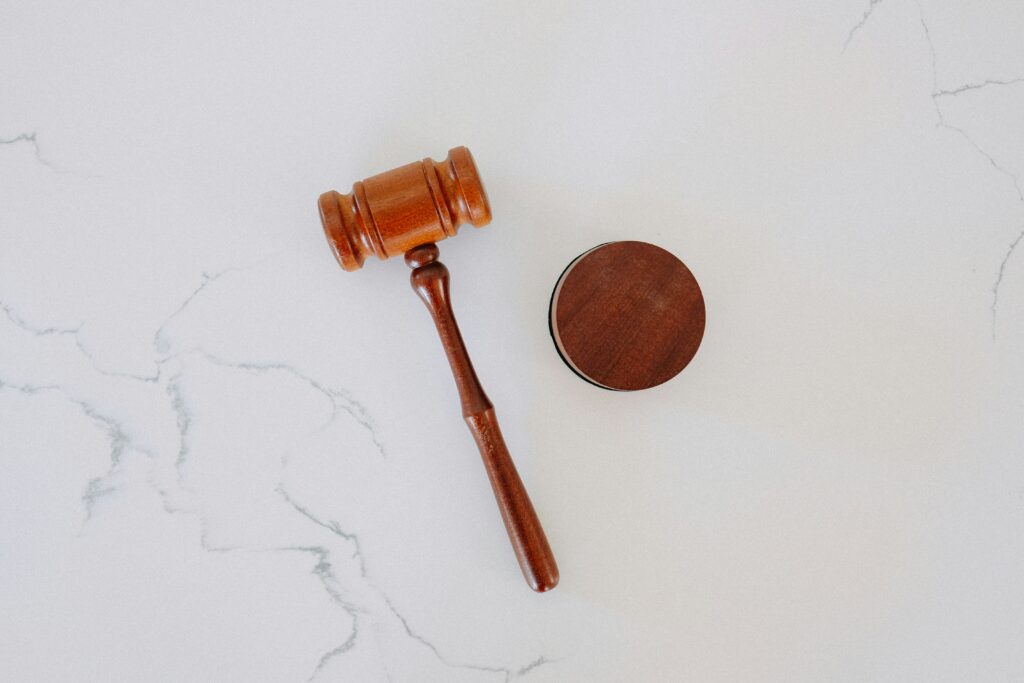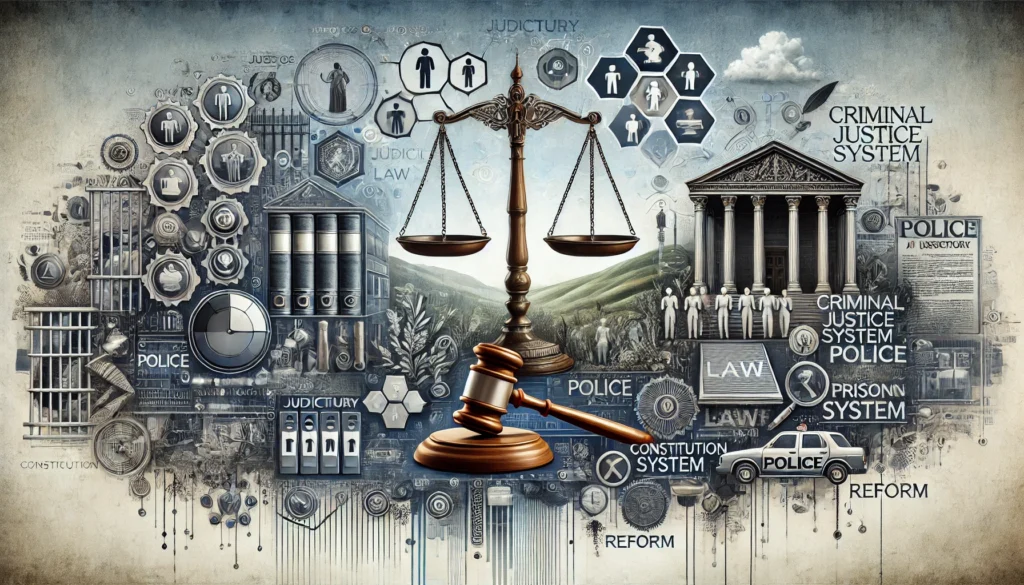Published On: 14th October, 2023
State of Maharashtra v Indian Hotel and Restaurant Association
INTRODUCTION:
In the year 2019, within the jurisdiction of India, a significant civil writ petition unfolded before the legal system. The case involved significant issues of equality, free speech, and freedom of association that were reviewed by a two-judge panel. There was a dispute on how the Indian Constitution’s fundamental rights, mainly Articles 14, 19, and 21, were interpreted and applied.
FACTS OF THE CASE:
Mumbai’s police act was amended by the Maharashtra government in 2005. The Act’s Sections 33A and 33B were amended to prohibit dance performances in eating areas and bars, with the caveat that they are permitted in three-star hotels. These developments left many dancers jobless because they lost their means of support. The Bombay High Court also received petitions under Article 226 challenging the assertion that these amendments violate the fundamental rights under Articles 14 (right to equality), 15 (right against gender discrimination), 19(1) (a) (freedom of speech and expression), 19(1) (g) (right to practice any occupation), and 21 (right to life and personal liberty) due to job loss and discrimination between three-star hotels and others.
These modifications, according to the Bombay High Court, were unlawful since they violated people’s fundamental rights. The Maharashtra governance the ruling to the Supreme Court because it was dissatisfied with the verdict. According to the Maharashtra government, these reforms were aimed to defend women’s dignity. The Supreme Court, yet, confirmed the Bombay High Court’s decision. In this instance, the Supreme Court even declared that dancing is a basic freedom protected by Article 19(1) (a). If women’s safety is the primary concern of the government, SC encouraged them to look for alternatives to forbidding dancing to protect their safety and dignity.
LEGAL ISSUES PRESENTED:
Whether Sections 2(8) (i), Section 6(4), Section 8(2), and (4) of the Dance Act and rules framed thereunder were constitutionally valid.
- Section 2(8) (i): It dealt with what constitutes “obscene dance.” The problem was that it contained “a dance which is designed only to arouse the audience’s prurient interest,” which was a completely ambiguous
- Section 6(4): prohibited the issuance of a license under the Act for a location where a license for a discotheque or orchestra has already been
- Section 8(2): This provision outlined penalties for breaking section 6(4).
- Section 8(4): made it unlawful to throw or shower coins, currency notes, articles, or anything else that can be sold on stage, as well as to personally give such items, to a dancer.
ARGUMENTS OF THE PARTIES:
Petitioner:
- The petitioners argued that the State was attempting to completely outlaw dance performances in restaurants, pubs, and houses with permits. The absence of any licenses issued to date served as evidence for this. The petitioners also made numerous allusions to the rulings in the State of Maharashtra vs. Indian Hotel and Restaurants Association and Ors. case ((2013) 8 SCC 519) that addressed the constitutionality of changes made to the Bombay Police Act, 1951 that forbade dance performances in any eating establishment, permit room, or beer bars. The petitioners claimed that the current Dance Act constituted a restatement of the amendment, which had been found down in the case as being
- The Petitioners make reference to the idea of unpopular privacy as it was raised in the case of K.S. Puttaswamy and Anr. vs. Union of India ((2017) 10 SCC 1), including decisional privacy, which protects citizens’ right to make private decisions about their rights from state intrusion, and proprietary privacy, which is related to the protection of one’s reputation. Due to the negative social stigma attached to dance bars, CCTV video would unjustifiably invade the privacy of both the patrons and the dancers.
Defendants:
- The Respondents stated in their submissions that the Dance Act and its regulations were created to stop prostitution rings from operating in hotels as dance bars. In an effort to uphold public morals, they also sought to put an end to the performance of such dancing They said that the Dance Act was implemented to enhance working conditions and safeguard women’s safety and dignity in such settings in order to stop exploitation. The Respondents further argued that the prohibition on tipping was one of the requirements put in place to safeguard the social fabric of the community. For the interests of “public order, decency, and morality,” the new limits placed on dance clubs were justified.
- The respondents indicated that the right to privacy ends where there is a potential of a crime being committed, and that the necessity for the installation of CCTV cameras was intended to prevent such a crime. A paragraph like this was also required for the benefit of the general public and to achieve the Act’s
COURT’S ANALYSIS AND DECISION:
In this particular case, the Supreme Court modified the new legislation while still upholding it. The Court discussed morality in its ruling, including the limits of what a State may do to impose morality on its people. The Court emphasized the ephemeral and adaptable nature of morality and made comments about how something that was potentially immoral in the past might not be so now. Since the term was also defined in the Indian Penal Code, 1860 (IPC), the Court considered the definition of obscene dance in Section 2(8), which held that the statement “aimed at arousing the prurient interest of the audience” could not be regarded as ambiguous and lacking in specific connotation. The Supreme Court loosened the requirements attached to the license’s granting.
It was also against the law to completely forbid serving alcoholic beverages because it was deemed unreasonable and unfair.
Due to the infamous K.S. Puttaswamy ruling, CCTV camera installation was only permitted at beer establishments’ entrances.
The requirement to open these locations one kilometer away from educational and religious institutions was also deleted because it violates Article 19(1)(g).
In dancing clubs, it is not permitted to throw coins or currency notes at the staff, however tips are accepted. The timing specified in this statute was deemed acceptable by the court since it seemed sufficient
SIGNIFICANCE AND IMPLICATIONS:
It specified that one stage in the bar room could not be less than 10 feet by 12 feet and that a non-transparent wall should separate the hotel, restaurant, and bar room sectors.. If the application has a permit room license, a fixed barrier separating the permit room and dance room is required.
It required that these dancing clubs be at least one kilometer away from educational and religious organizations.
It was made clear that all dancers, waiters/waitresses, and working women had to be engaged under a signed contract and receive a monthly salary that was transferred into their bank accounts.
No alcoholic beverages may be offered in the bar room where dances are held. It states that the bar room where dances were staged shall be open for the public only between 6.00 P.M. to 11.30 P.M.
CONCLUSION:
The Supreme Court’s progressive decision is as follows. After carefully evaluating the constitutionality of the legislation’s listed sections and taking into account the petitioners’ and defendants’ points of view, all of the concerns are settled. By weakening certain of its clauses so that everyone could exercise their constitutional rights, the Supreme Court upheld the government act of Maharashtra.
REFERENCES:
- https://www.law.cornell.edu/women-and-justice/resource/state_of_maharash tra_v_indian_hotel_restaurants_association
- https://blog.ipleaders.in/case-analysis-indian-hotel-restaurant-association-othe rs-vs-state-maharashtra/#Issues
- https://lawbhoomi.com/case-brief-indian-hotel-and-restaurant-association-aha r-anr-v-the-state-of-maharashtra-a/#IMPORTANT_ARGUMENTS_BY_THE_PETITI ONER




